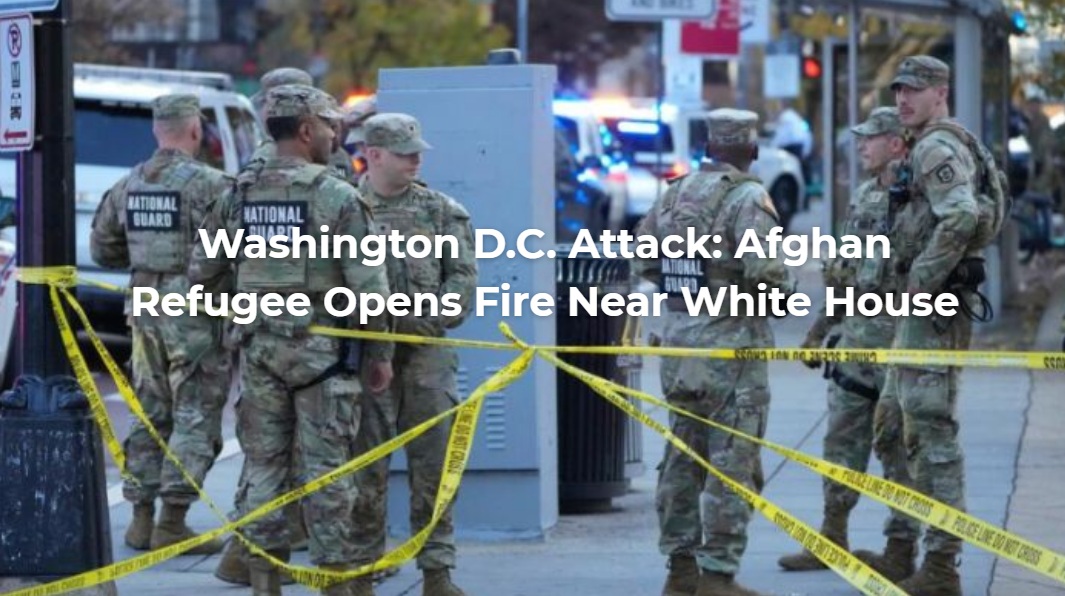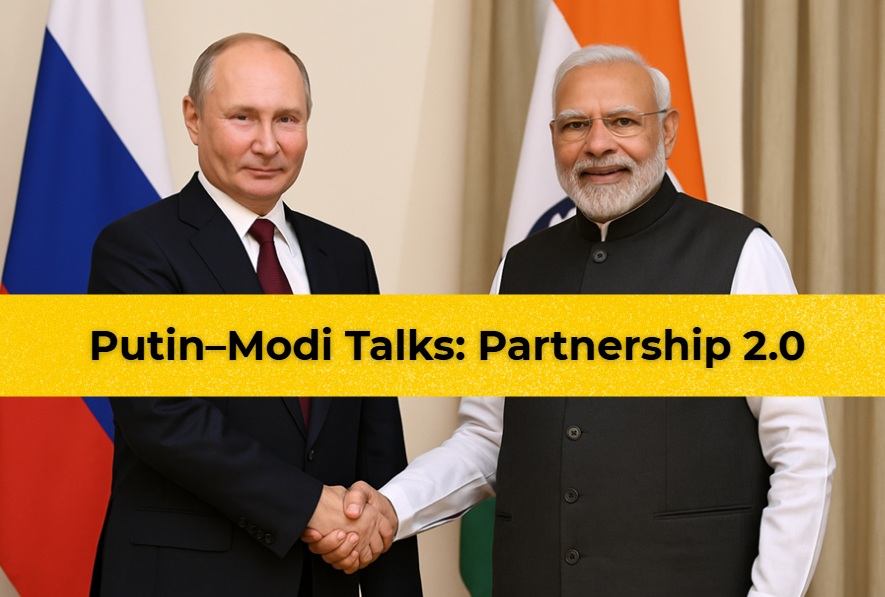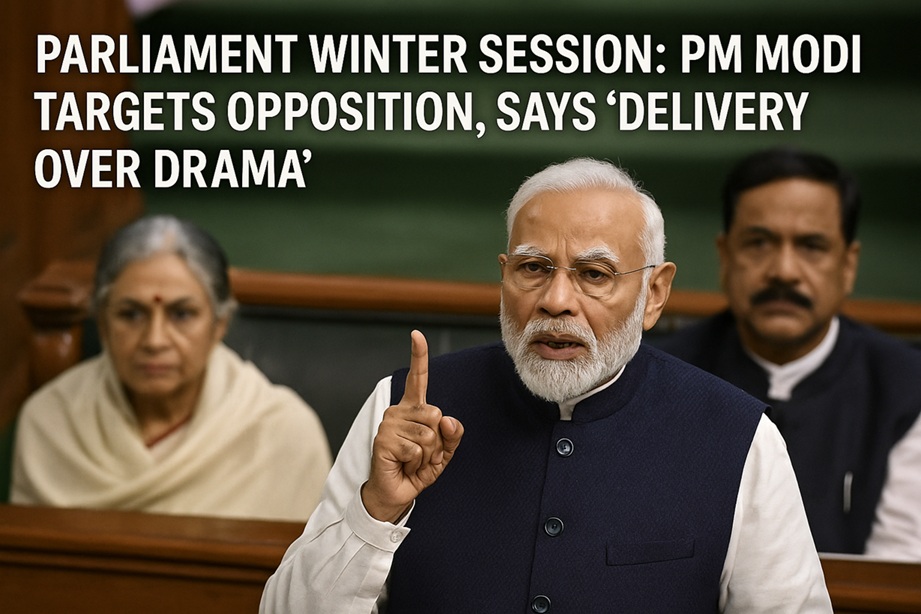New Delhi, July 30, 2025 — A major trade tremor has just rocked the Indo-US economic corridor. President Donald Trump, currently seeking a second term, announced a 25% blanket tariff on all imports from India, effective August 1, triggering alarm across India’s export-driven industries.
This unexpected escalation comes not just as a protectionist move, but as a punitive response to India’s continued purchase of Russian oil and military equipment, a stance Trump says undercuts global pressure on Moscow.
Here’s how this high-voltage development could reshape India’s economic and trade outlook:
Why Is Trump Imposing Tariffs?
In a Truth Social post, Trump accused India of maintaining “excessively high tariffs and rigid non-tariff barriers,” restricting American goods from accessing Indian markets. Despite being called a “friend,” Trump argued that India had “done relatively little business” with the US and warned that continued trade with Russia would not go unpunished.
The decision combines economic nationalism with geopolitical pressure, signaling that the US will now start penalizing trade ties with Russia, even if they come from a democratic partner like India.
Immediate Impact on Indian Industry
The US is India’s largest export market, accounting for over $85 billion annually. Key sectors that now stand to be hit include:
- Textiles and Apparel
- Leather Goods
- Gems and Jewelry
- Processed Food and Spices
- Pharmaceutical Intermediates
Industry groups warn of order cancellations, delayed shipments, and declining profit margins as US buyers recalculate their sourcing strategies.
“This move could devastate MSMEs,” said a FICCI spokesperson, “many of whom rely heavily on the US for bulk orders.”
Economic Fallout: GDP and Export Woes
According to estimates by economists from NCAER and ICRIER:
India’s GDP growth may take a 0.3–0.5% hit in FY26 if the tariffs persist for 6+ months.
Exporters may lose $8–12 billion in competitiveness, especially to countries like Vietnam, Mexico, Bangladesh, and Indonesia—nations not currently facing such tariffs.
Job losses could follow in labor-intensive sectors.
Russia Factor: The Unpriced Penalty
In addition to the flat 25% tariff, Trump warned of “unspecified penalties” tied to India’s defense and energy deals with Russia.
This uncertainty is adding volatility:
- The penalty may target specific categories like defense electronics, oil-linked chemicals, or dual-use technologies.
- Some analysts warn that tariffs on these categories could rise up to 100%, if framed as secondary sanctions.
So far, no exact penalty framework has been shared, increasing anxiety in both Indian diplomatic and business circles.
India’s Official Response
The Ministry of Commerce stated it is “studying the implications” and “will take all necessary steps to protect national interest.” An official-level delegation is likely to engage with visiting US trade officials in late August to find an off-ramp.
Meanwhile, India is lobbying for sectoral carve-outs and “national security exemptions” under US law, particularly for strategic items like pharmaceuticals and renewable tech exports.
What’s Next: Three Likely Scenarios
Negotiated De-escalation
- India may reduce tariffs on certain US products in exchange for rollback of the blanket 25% duty.
- A deal may emerge by September if political will exists on both sides.
Retaliatory Measures
- India may impose retaliatory tariffs on US agricultural or tech goods (similar to 2018-19), though that could deepen the rift.
Status Quo & Strategic Realignment
- If talks fail, Indian exporters may pivot toward EU, ASEAN, and African markets, though transitions take time.
Global Repercussions: Who Gains, Who Loses?
- Winners: Vietnam, Bangladesh, Indonesia — already strong in textile and leather exports.
- Losers: US importers relying on Indian suppliers for cheap labor-intensive goods.
- Unintended Consequence: India may deepen economic links with Russia and Iran, especially for defense and energy.
Conclusion: More Than Just Tariffs
Trump’s move is more than a trade shock—it’s a geopolitical message to India and the Global South: continuing engagement with Russia comes with a cost.
For India, the path ahead demands both economic resilience and diplomatic agility. With elections around the corner in the US, some experts believe this move is politically timed—but the pain it inflicts on Indian industry is immediate and real.
#TrumpTariffs #IndiaUSTrade #25PercentTariff #RussiaTrade #TradeWar #IndiaEconomy #PiyushGoyal #NarendraModi #RussianOil #OperationSindoor #USTradePolicy #IndiaExports #GlobalTrade #EconomicFallout #TariffDeadline #CommerceMinistry #WashingtonTalks #TrumpTrade #IndiaGDP #SupplyChain #BilateralTrade #CongressOpposition #BreakingNews #IndianPolitics #MarketAccess #TradeStrategy #EconomicCrisis #IndiaNews #LiveNews






